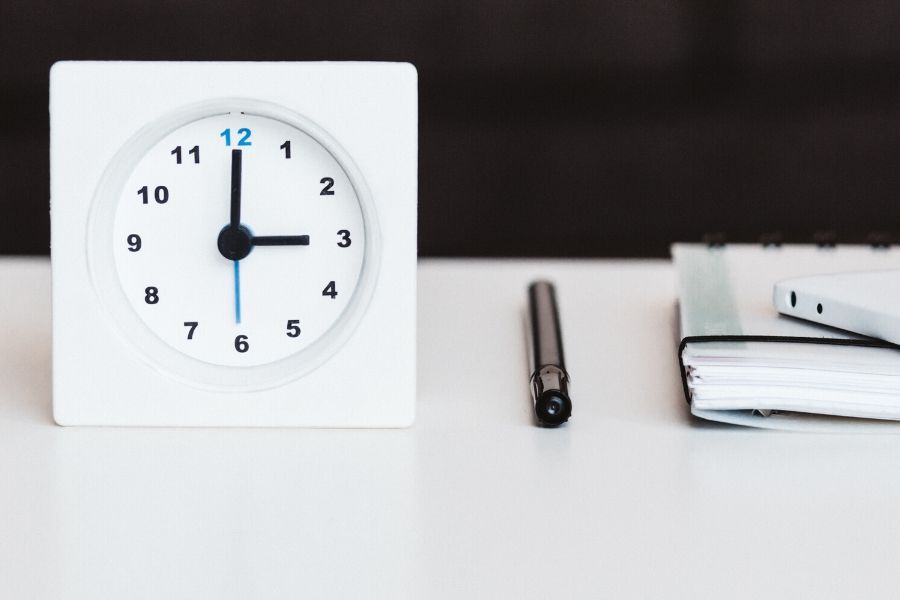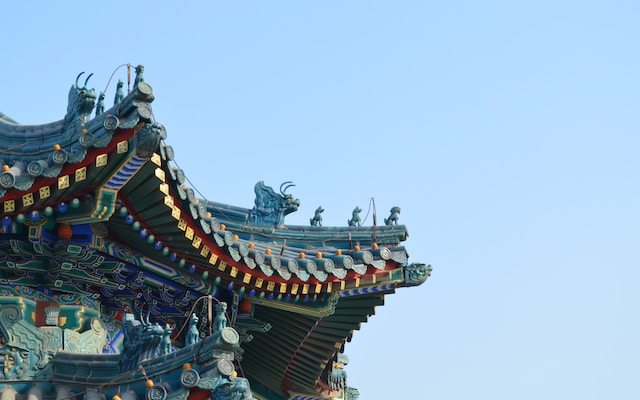
The Primary Courts, the Intermediate Court, and the Supreme Court adopt the same trial procedures and appellate procedures. The Intermediate Court may apply to the procedures stricter in practice.
A summary of the procedures is listed below based on a time sequence. The specific time frames are underlined for easy reference.
1. Motion For Attachment Prior To Case Filing
1.1 Prior to filing the lawsuit, the plaintiff may file a motion for attachment to the court where the Defendant’s target asset is located. The court may decide to grant such motion at its own discretion within 48 hours after receiving the motion.
1.2 The plaintiff shall provide various kinds of guarantee enough to cover the full market value of the target asset, such as cash deposit, pledge warranty by the bonding company, or warranty by plaintiff’s affiliated company. With respect to the pledge warranty by the bonding company, the court may provide a list of bonding companies for the plaintiff to choose.
1.3 Bonding companies usually charge a fee for such attachment mainly based on the total amount of the guarantee. Most bonding companies apply a standard fee at a progressive rate as follows:
(i) 1% of the total amount of the guarantee if such amount is less than RMB10,000,000;
(ii) 0.5% on the portion of any amount above RMB 10,000,000.
Nevertheless, please note that these fees are subject to adjustment depending on different circumstances, such as the plaintiff’s credential, the plaintiff’s reverse guarantee for the bonding companies, the possibilities for the plaintiff to win the case, etc.
1.4 The court will charge an additional filing fee on the motion for attachment no more than RMB5,000:
(i) RMB30 if the target asset’s value is no more than RMB100,000;
(ii) 1% of the target asset’s value between RMB1,000 (exclusive) and RMB100,000(inclusive);
(iii) 0.5% of the portion of the target asset’s value above RMB100,000.
1.5 Generally, it takes around 7 days to complete the attachment process prior to filing.
2. Case Filing And Motion For Attachment
2.1 The case filing usually will take the following steps:
(i) the plaintiff shall file the complaint with the Court’s clerk. The clerk will examine the document on site to decide whether the filing and the complaints meet the requirements of the of PRC. When the complaint passes the onsite examination, the clerk often, if not always, will not issue an official receipt with Court’s seal[1] as required by the CivilProcedure Law but instead an informal list of documents received;
(ii) the court will then examine the court filing to determine whether the filing is qualified for the Court to accept;
(iii) Once the filing is accepted, the Court will issue a notice to pay for the case Filing Fee to the Plaintiff. The plaintiff shall complete the payment and submit the payment receipt to the Court within 7 days from the billing notice date.
(iv) When the Plaintiff receives an invoice from the Court, it is deemed that the court has accepted the filing. The Court shall decide the case within 6 months from the next date of acceptance[2].
2.2 Generally, it will take around 2 to10 days for the Courts to accept a case filing.
2.3 The plaintiff shall advance the Filing Fee based on the claims at a progressive rate:
(i) RMB50 if the claim is no more than RMB10,000;
(ii) 2.5% of the portion of the claim between RMB10,000 (exclusive) and RMB100,000 (inclusive);
(iii) 2% of the portion of the claim betweenRMB100,000 (exclusive) and RMB200,000 (inclusive);
(iv) 1.5% of the portion of the claim between RMB200,000 (exclusive) and RMB500,000 (inclusive);
(v) 1% of the portion of the claim between RMB500,000 (exclusive) and RMB1,000,000 (inclusive);
(vi) 0.9% of the portion of the claim between RMB1,000,000 (exclusive) and RMB2,000,000 (inclusive);
(vii) 0.8% of the portion of the claim between RMB2,000,000 (exclusive) and RMB5,000,000 (inclusive);
(viii) 0.7% of the portion of the claim between RMB5,000,000 (exclusive) and RMB10,000,000 (inclusive);
(ix) 0.6% of the portion of the claim between RMB10,000,000 (exclusive) and RMB20,000,000 (inclusive);
(x) 0.5% of the portion of the claim above RMB20,000,000.
2.4 The plaintiff may file a motion for attachment in the same court the lawsuit is filed during the proceeding. The same procedures apply to here as to the motion filed prior to case filing in Section 2.1 aforesaid.[3]
3. Preparation For Hearing
3.1 The Court shall serve the defendant within 5 days after accepts the case filing. If the Court is unable to reach the defendant by ordinary service for 3 months, the court will serve the defendant by publication[4].
3.2 The defendant shall submit an answer within 15 days after being served. The defendant may also challenge the jurisdiction of the Court in the same period.[5]
3.3 The court shall deliver the defendant’s answer to the plaintiff within 5 days after receiving it.
3.4 In some cases, the discovery period may be agreed by both parties and approved by the Court.[6]
3.5 Generally, it will take 1 to 3months before court argument if the parties are served in ordinary methods and jurisdiction is not challenged.
4. Trial Proceedings
4.1 Generally, the court may have 1 to 3 court arguments.
4.2 After a trial Court renders the judgment, the parties have 15 days to appeal after receiving it. Otherwise, the judgment will take effect and the Court will certify the effect.
4.3 Generally, it takes around 6 months to complete a trial.
5. Appellate Proceedings
5.1 The parties to the trial are entitled to appeal within 15 days after receiving the trial judgment. In this period, the Appellant shall also pay the appellate fee.
5.2 The court shall sever the Appellee within 5 days after receiving the appellate brief.
5.3 The Appellee shall submit its brief within 15 days after being served.
5.4 The Appellee’s brief shall be served on the Appellant within 5 days after receiving the brief.
5.5 The Appellate court will accept the appeal within 5 days after the trial court has submitted its court records to Appellate court.
5.6 The Appellate Court will inform both parties the time on court argument.
5.7 Generally, it takes around 30 days for the Appellate Court to accept the filing of an appeal.
6. Appellate Argument
6.1 Generally, the court may hold 1to 2 court arguments before entering judgment. The Appellate judgment will come into effect once it is served.
6.2 The Appellate Court shall decide cases within 3 months after the acceptance of the case.[7]
7. Enforcement of Judgment
7.1 Motion to Enforce may be filed with the enforcement division of the court or the Primary Court where the target asset is located when monetary judgment is not fully satisfied. Such motion shall be made within 2 years after the due date for the defendant to satisfy the judgment[8].
7.2 Generally, the court will make a decision on the filing within 15-30 days after receiving the motion.
7.3 The petitioner may not need to pay for the enforcement fees; the court will charge the respondent instead.
7.4 The court may ask the petitioner to provide the information of the respondent’s target asset; the court may also demand the defendant to report its assets.
7.5 Generally, the court will enforce the judgment within 6 months of acceptance against the defendant’s any asset seized.
Notes:
[1] Sometimes, the clerk may give a list of the documents received with his/her signature.
[2] Often, if not always, the court does not issue an acceptance notice.
[3] The fee for attachment to be charged by the court and the guarantee are the same as those of motion for attachment prior to filing.
[4] The publication period is 6 months, which will prevent the 6-month limitation period for the first instance from running.
[5] Generally, the challenge will take about 1-2 months to go through a separate proceeding, during which the 6-month limitation period for the first instance stops running.
[6] The period may be jointly set by the parties or simply decided by the court. Generally, it is 30 days or longer.
[7] Often, if not always, the court of the second instance will hold the hearing.
[8] Such2-year limitation period is subject to suspension and interruption.
Contributors: Dennis (Yongquan) Deng 邓永泉







